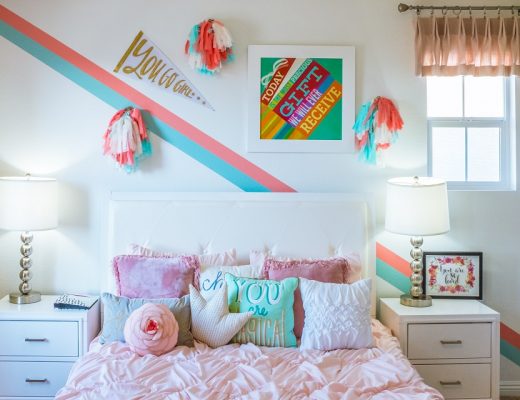An excellent kitchen design requires a mix of functional, mood, and feature lighting. These include pendants above cooking and dining areas and recessed or under-cabinet illumination.
Mood lighting can be dramatic — think mouth-blown glass or modern molecular light fixtures. Using them to create a focal point helps break up the expanse of a ceiling.
Accent Lighting Highlights Unique Design Elements
You can have the latest kitchen cabinets and island, stylish flooring, and accessorize with flair, but your kitchen design will feel flat without a well-designed lighting plan. A good lighting scheme utilizes multiple types of lighting to create the perfect ambiance and highlights unique design elements like display cabinets.
Accent lighting is a great way to add visual interest. Lighting fixtures illuminating specific architectural details like open shelving, glass-front cabinets, and statement backsplashes can bring these features into focus. Directional spotlights, up-lights, and sconces are all options for accent lighting.
Other decorative lighting trends include biophilic inspiration and LED fixtures that mimic natural or simulated light. Using these fixtures to promote a connection with nature is becoming increasingly popular. These light fixtures are often made with natural materials and feature warm colors to make the space feel cozy and comfortable. They also offer the benefit of reducing energy consumption.
Lighting Enhances The Sense Of Space
Often overlooked during a renovation, lighting can make or break how the kitchen functions, looks, and feels. Working with kitchen and bath companies with the knowledge and expertise to correctly specify lighting is essential.
The right lighting plan can help open up a small space, brighten dimly-lit corners, or showcase an architectural feature like exposed beams.
A pendant light can add character to an open-plan kitchen by adding visual interest above the island. And recessed lights with dimmer switches allow homeowners to change the ambiance throughout the day. This type of flexibility in design makes a space feel more personalized and welcoming. Proper lighting can also be a great way to control energy costs.
Task Lighting Maximizes Workspace Efficiency
When it comes to lighting, function is just as important as style. A good kitchen and bath design requires a well-lit workspace to enable homeowners to carry out cooking, cleaning, and meal preparation tasks.
For example, kitchens should include task lighting to illuminate countertops and eliminate shadows. This type of lighting is typically placed above kitchen cabinets and can be achieved with pendants or ceiling spotlights. Adding under-cabinet lighting is also a great idea, which can be a simple solution to brighten up workspaces.
Enhance the functionality of your kitchen and bathroom by installing dimmer switches. These switches enable you to adjust the brightness of your lights based on the time of day and activity you are engaged in. This will make your space more functional and create a cozy and welcoming atmosphere. Moreover, dimmer switches help to reduce your energy consumption and keep your home greener.
Lighting Adds Character
When well-thought-out, lighting can become a design element in and of itself. Proper lighting can unite the room, illuminating beautiful tilework or a striking painting.
A popular kitchen trend is oversized pendants that make a statement and add a splash of style to the room. Ensure that these fixtures are kept high enough so they don’t obscure the countertops, and choose fixtures that complement the kitchen’s overall aesthetic. Prismatic glass and bone china work beautifully in country kitchens, while metal pendants can give an industrial feel.
A well-designed lighting plan usually involves different types of lighting, including ambient, task, and accent lighting, which are used in layers. A lighting designer can help you integrate all these elements to create a functional and beautiful kitchen.








No Comments